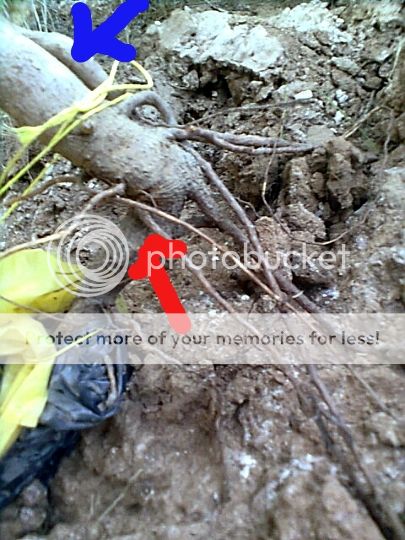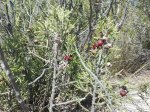my nellie
Masterpiece
In my property (almost into a pine forest) there are a lot of young trees, seedlings, more advanced in age etc which I can collect.
Τhe soil is kind of rocky but there are one or two trees on slopes which I believe are easier to remove preserving fine roots.... At least this is what I hope for...
Temperature forecast for two months as follows :
27 -32 C (80,6 - 89,6 F) max. for September and 19 -23 C. min.
18 - 28 C (64,4 - 82,4 F) max. for October and 12 - 17 C min.
If collected, the tree will be given of course protection from direct sun, wind etc
What is your opinion regarding timing?
Now (i.e. early fall) or waiting for late winter?
Τhe soil is kind of rocky but there are one or two trees on slopes which I believe are easier to remove preserving fine roots.... At least this is what I hope for...
Temperature forecast for two months as follows :
27 -32 C (80,6 - 89,6 F) max. for September and 19 -23 C. min.
18 - 28 C (64,4 - 82,4 F) max. for October and 12 - 17 C min.
If collected, the tree will be given of course protection from direct sun, wind etc
What is your opinion regarding timing?
Now (i.e. early fall) or waiting for late winter?








